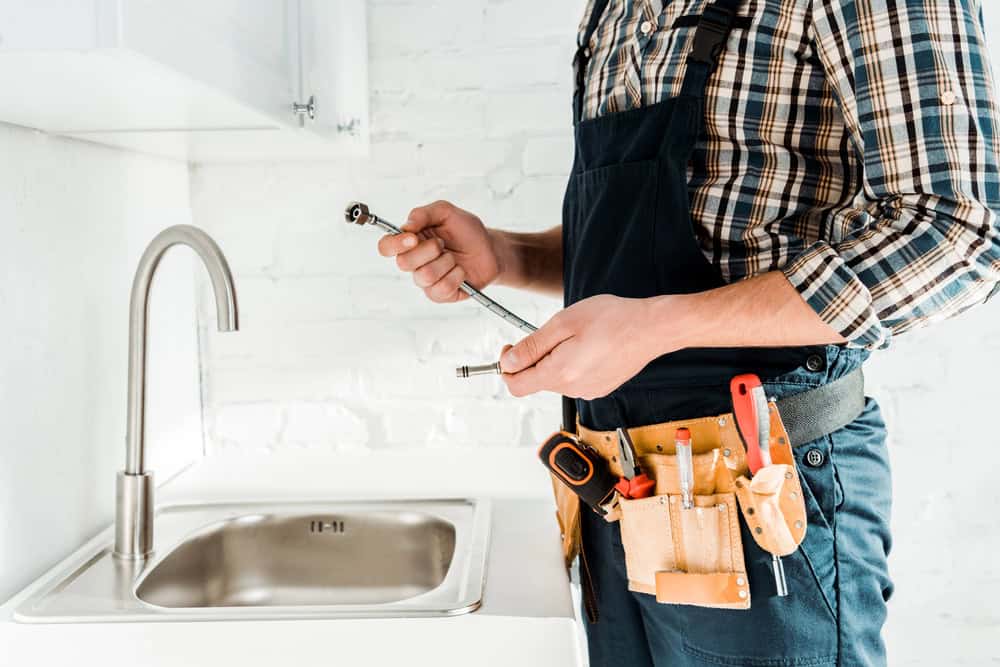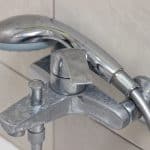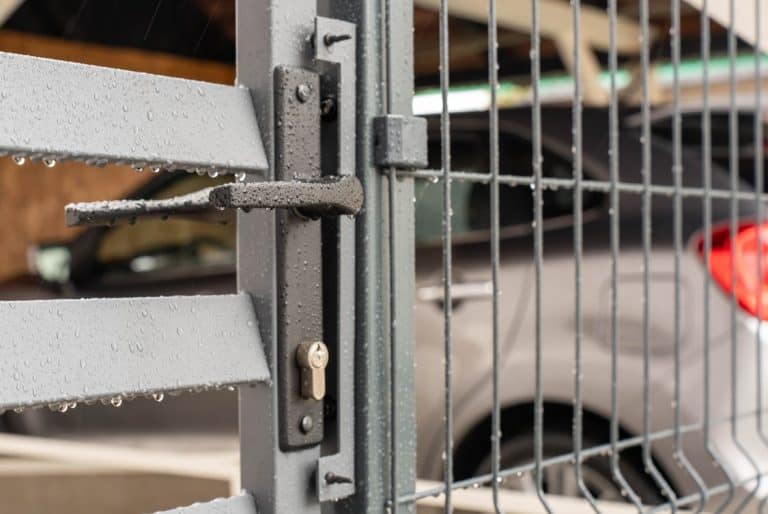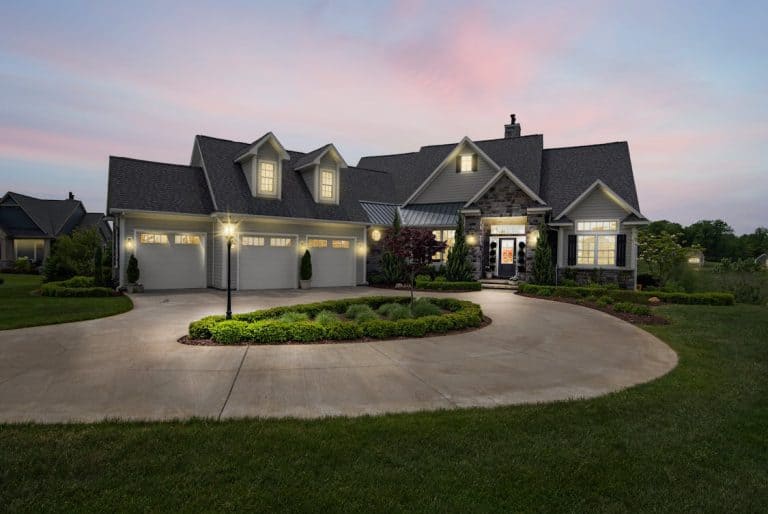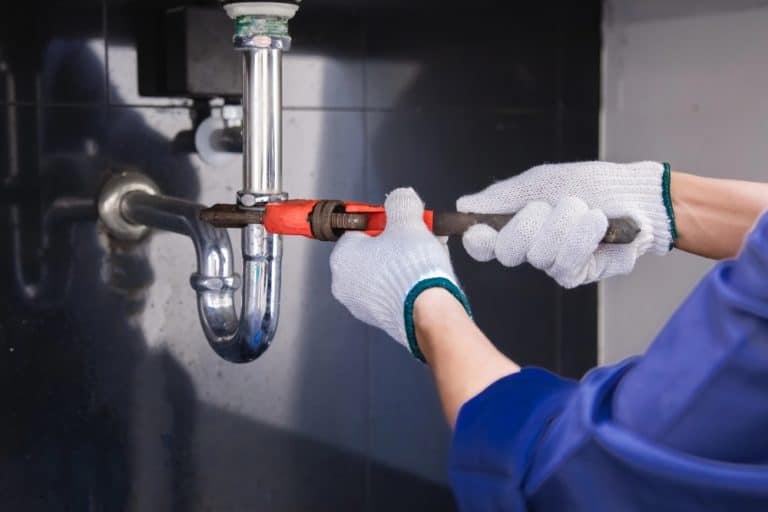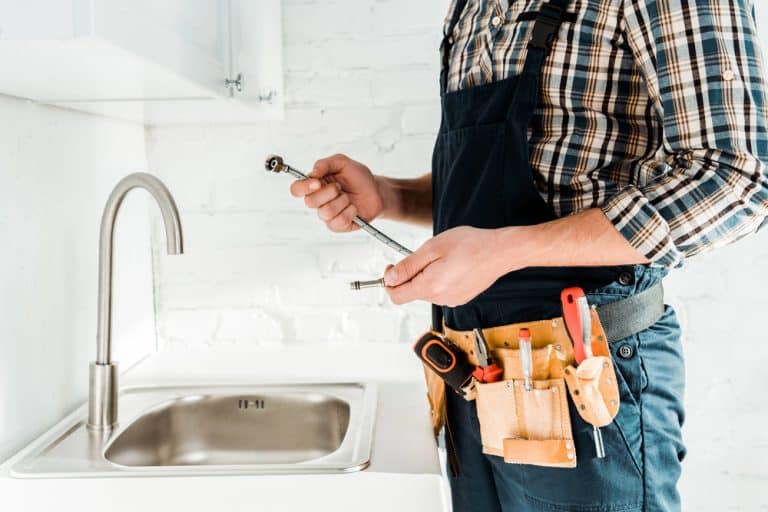Plumbing issues can be a major headache for homeowners. From leaky faucets to clogged drains, these problems can disrupt daily life and lead to costly repairs if left unattended.
Being aware of the plumbing costs is essential for budgeting and preparing for any potential repairs or installations. This article will break down everything you need to know about plumbing costs, covering various factors that influence pricing, common plumbing services, and some tips for managing expenses.
Factors That Influence Plumbing Costs
When it comes to plumbing expenses, a number of factors come into play. Understanding these can help you anticipate costs better and make informed decisions when hiring a plumber.
Type of Service Required
The nature of the plumbing job significantly affects the cost. Basic services, such as fixing a leak or unclogging a drain, usually cost less than more complex tasks like installing new plumbing systems or remodeling a bathroom.
Simple repairs might set you back a couple of hundred dollars, while extensive installations could cost thousands.
Location Matters
Geographical location can have a dramatic impact on plumbing costs. Urban areas typically have higher labor rates due to increased demand and living costs.
In contrast, rural regions might offer more affordable rates, yet the availability of skilled plumbers may vary. Always get a few quotes from local professionals to gauge the going rate in your area.
For those looking for affordable help for plumbing issues, seeking out local professionals can often lead to budget-friendly options.
Time of Service
Emergency plumbing services can come at a premium, especially if you need assistance during off-hours. If your issue can wait, scheduling repairs during regular business hours can save you a chunk of change.
Weekend or holiday calls often incur additional fees, so factor this into your budget if an emergency arises.
Common Plumbing Services and Their Costs
Various plumbing services come with their own price tags. Here’s a rundown of typical plumbing jobs and their average costs.
Leak Repairs
Addressing leaks is a common plumbing task. Depending on the severity and location of the leak, repairs might range from $150 to $500.
Minor fixes, like tightening a faucet, might be on the lower end, while repairing pipes or plumbing systems can be much more expensive.
Drain Cleaning
Clogged drains are another frequent issue. A standard drain cleaning service typically costs between $100 and $300. If your home has multiple clogged drains or requires snake services to clear a blockage, costs can quickly rise.
Pipe Replacement

Replacing pipes can be one of the most significant expenses homeowners face. The cost varies depending on the materials used and the extent of the replacement.
Generally, you may expect to pay from $1,000 to $3,000 for a full system replacement.
Water Heater Installation
Water heaters are essential household appliances, but their installation can be costly. Expect to spend between $800 and $2,500 for a new unit, depending on the size and type of water heater, plus installation fees.
Fixture Installation
If you’re upgrading or installing new fixtures like sinks, faucets, or toilets, costs will vary. On average, installing a toilet can range from $150 to $500, while new faucets may cost $150 to $350.
Fixtures themselves can add to the overall cost depending on your choice of brand and style.
Tips for Managing Plumbing Costs
Keeping plumbing expenses in check requires a proactive approach. Here are some handy tips to prevent your budget from going down the drain.
Regular Maintenance
Preventive maintenance is key to avoiding costly repairs. Regularly checking for leaks, ensuring proper drainage, and scheduling routine inspections can help catch issues early, saving you money in the long run.
Consider investing in a plumbing maintenance plan that offers periodic checks and discounts on services.
DIY When Possible
Some minor plumbing tasks can be done without professional help. For instance, unclogging a sink or replacing a toilet seat are manageable projects for many homeowners.
Just be cautious—attempting more complex tasks without experience can lead to costly mistakes.
Get Multiple Quotes
Before settling on a plumber, gather quotes from at least three professionals. This will give you a better understanding of the market rate and help you find a fair price.
Keep in mind that the cheapest option isn’t always the best; consider professionals with good reviews and a solid reputation.
Ask About Warranty and Guarantees
When hiring a plumber, inquire about warranties on their work and the materials used. A good warranty can provide peace of mind, ensuring that you’re covered if any issues arise after the job is completed.
Understanding Emergency Plumbing Costs
Emergencies can often lead to inflated prices. Knowing what to expect can help you feel more prepared when an unexpected plumbing issue arises.
Flat-Rate vs. Hourly Charges
Some plumbing companies charge a flat rate for emergency calls, while others bill hourly. Be sure to clarify this with your plumber. If it’s an hourly rate, ask for an estimate of how long the job might take.
Additional Fees
Emergency services may include extra fees for after-hours calls, travel distance, or specific equipment needs. Understanding these potential costs upfront can help avoid sticker shock when the final bill arrives.
Insurance Coverage
Check your homeowner’s insurance policy to see if plumbing emergencies are covered. Depending on your coverage, you may be able to recoup some of the costs associated with emergency plumbing services.
The Cost of DIY Plumbing Repairs
While tackling a plumbing issue yourself may seem cost-effective, it’s essential to weigh the potential risks against the savings.
Materials vs. Labor
When you handle repairs, you will mainly pay for materials rather than labor. This can result in significant savings, especially for simple tasks.
However, the cost of mistakes can quickly add up, negating any savings if you need to call a professional anyway.
Learning Curve
DIY plumbing repairs often come with a learning curve. Online tutorials and guides can be helpful, but they may not cover every specific scenario you might encounter.
Research thoroughly before diving headfirst into a project, and don’t hesitate to call a professional if you’re unsure.
Time Investment
Remember to factor in the time you’ll need to invest in a DIY project. Sometimes, the time saved by hiring a professional can be worth the additional cost, especially for complex repairs that require expertise.

